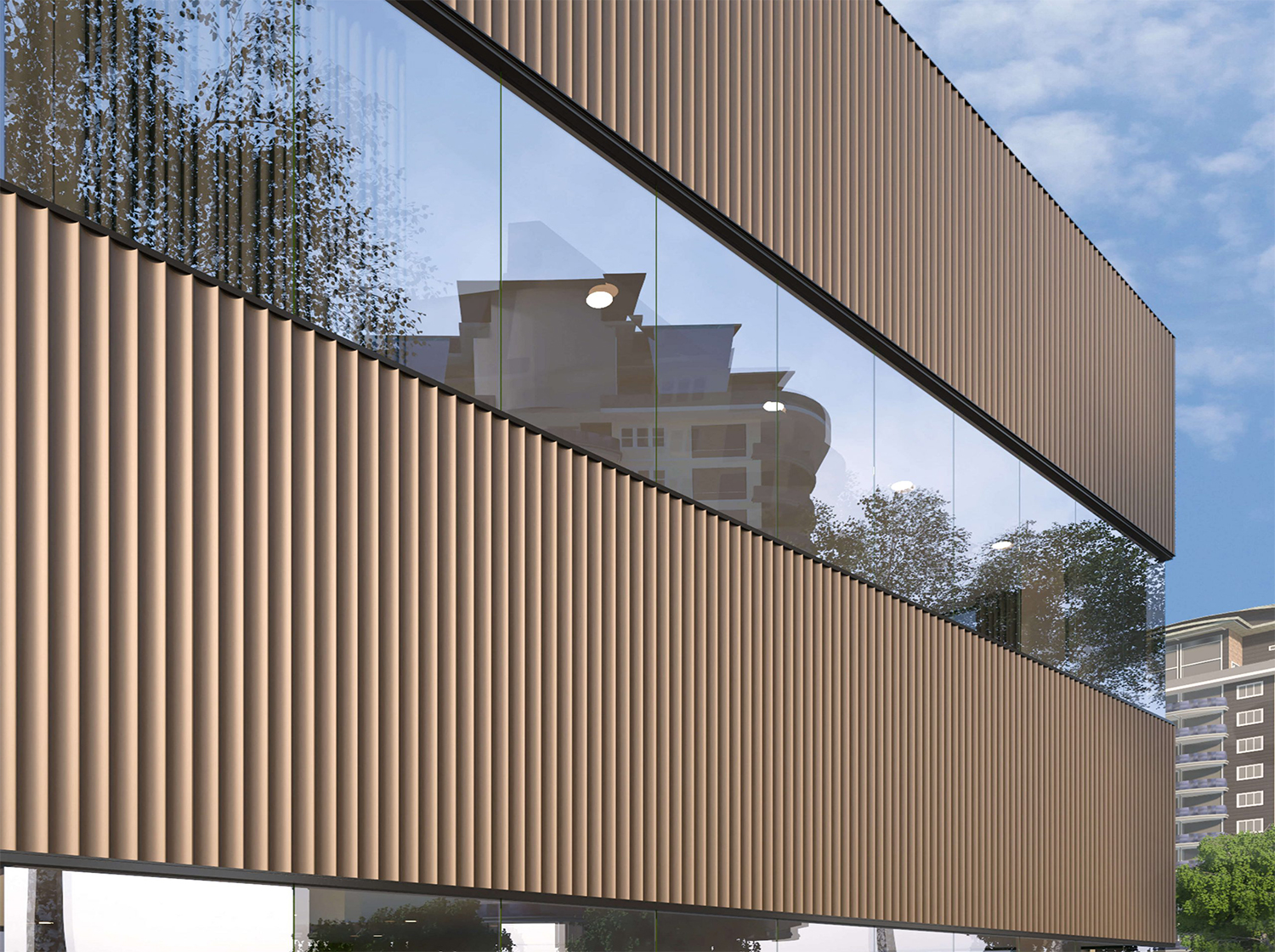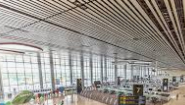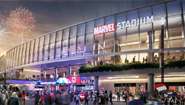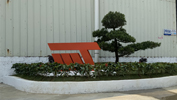Exploring Aluminum Exterior Cladding: Benefits, Applications, and Trends
Author:Jayminton Time:2024-08-14

In the world of modern architecture and building design, aluminum exterior cladding has emerged as a leading choice for both residential and commercial structures. Its combination of durability, aesthetic flexibility, and sustainability makes it a popular option among architects, builders, and property owners. This article delves into the advantages of aluminum Cladding, its diverse applications, and current trends shaping its use in contemporary construction.
What is Aluminum Exterior Cladding?
Aluminum exterior cladding refers to the use of aluminum panels or sheets applied to the exterior of a building. These panels serve as a protective layer over the underlying structure, providing both functional and aesthetic benefits. Aluminum cladding can be installed in various forms, including flat panels, corrugated sheets, or custom-designed shapes, depending on the design requirements and architectural vision.
Benefits of Aluminum Cladding
**1. Durability and Longevity: Aluminum is renowned for its resilience. It is resistant to corrosion, weathering, and UV degradation, which ensures that the cladding maintains its appearance and functionality over time. This durability translates to lower maintenance costs and extended lifespans compared to other materials.
**2. Lightweight Nature: One of the key advantages of aluminum is its lightweight nature. This property simplifies the installation process and reduces the structural load on the building, which can be particularly beneficial for high-rise constructions or retrofitting projects.
**3. Aesthetic Versatility: Aluminum cladding offers a wide range of finishes and colors, allowing for significant design flexibility. It can be powder-coated or anodized to achieve various textures and appearances, from sleek and modern to more traditional looks.
**4. Energy Efficiency: Aluminum cladding can contribute to a building’s energy efficiency. When used in combination with insulation, it can help regulate indoor temperatures by reflecting heat away in summer and retaining warmth in winter.
**5. Sustainability: Aluminum is a highly recyclable material, making it an environmentally friendly choice. Recycled aluminum maintains the same quality as new aluminum and significantly reduces the need for raw material extraction and processing.
Applications of Aluminum Cladding
**1. Commercial Buildings: Aluminum cladding is widely used in commercial buildings for its sleek and modern appearance. It is often employed in office buildings, shopping centers, and hotels to create an impactful facade that stands out.
**2. Residential Homes: In residential construction, aluminum cladding is becoming increasingly popular for its clean lines and contemporary aesthetic. It is used in both new builds and renovations to give homes a modern look and improve energy efficiency.
**3. Industrial Structures: The durability of aluminum makes it ideal for industrial applications where buildings are exposed to harsh environmental conditions. It protects against damage from pollutants, chemicals, and extreme weather.
**4. Public Buildings: Educational institutions, hospitals, and government buildings often use aluminum cladding for its low maintenance needs and ability to withstand heavy use while maintaining an attractive appearance.
Current Trends in Aluminum Cladding
**1. Innovative Designs: Advances in manufacturing technology have enabled more intricate and creative designs in aluminum cladding. Architects are now experimenting with complex geometries and custom patterns, pushing the boundaries of traditional cladding.
**2. Sustainable Practices: As sustainability becomes a central focus in construction, there is a growing emphasis on using recycled aluminum and minimizing the environmental impact of cladding products. Many manufacturers are adopting green practices and certifications to appeal to eco-conscious clients.
**3. Integration with Smart Technology: The integration of smart technologies into building materials is an emerging trend. Aluminum cladding is now being combined with photovoltaic panels and other energy-efficient technologies to create buildings that are not only visually striking but also technologically advanced.
**4. Textured and Mixed Finishes: Designers are increasingly combining different finishes and textures to create visually dynamic Facades. The use of matte, glossy, and textured aluminum panels can add depth and interest to building exteriors.
Conclusion
Aluminum exterior cladding stands out as a versatile, durable, and aesthetically flexible option for modern building design. Its benefits, including low maintenance requirements, energy efficiency, and sustainability, make it a practical choice for a wide range of applications. As architectural trends continue to evolve, aluminum cladding will likely remain at the forefront, offering innovative solutions and contributing to the creation of striking and functional buildings.

 S1 Clip-in Metal ceiling System
S1 Clip-in Metal ceiling System JMT-L4.2 U-Baffle System
JMT-L4.2 U-Baffle System JMT Aluminum Wall Cladding
JMT Aluminum Wall Cladding Aluminum Honeycomb Panel
Aluminum Honeycomb Panel Air-Condenser Cover
Air-Condenser Cover Metal Heat Cover
Metal Heat Cover Singapore Changi Airport T2 Arrival
Singapore Changi Airport T2 Arrival Australia Marvrl Stadium City Edge
Australia Marvrl Stadium City Edge Enterprise Information Announcement
Enterprise Information Announcement Construction Industry Solutions
Construction Industry Solutions About Jayminton
About Jayminton Contact US
Contact US